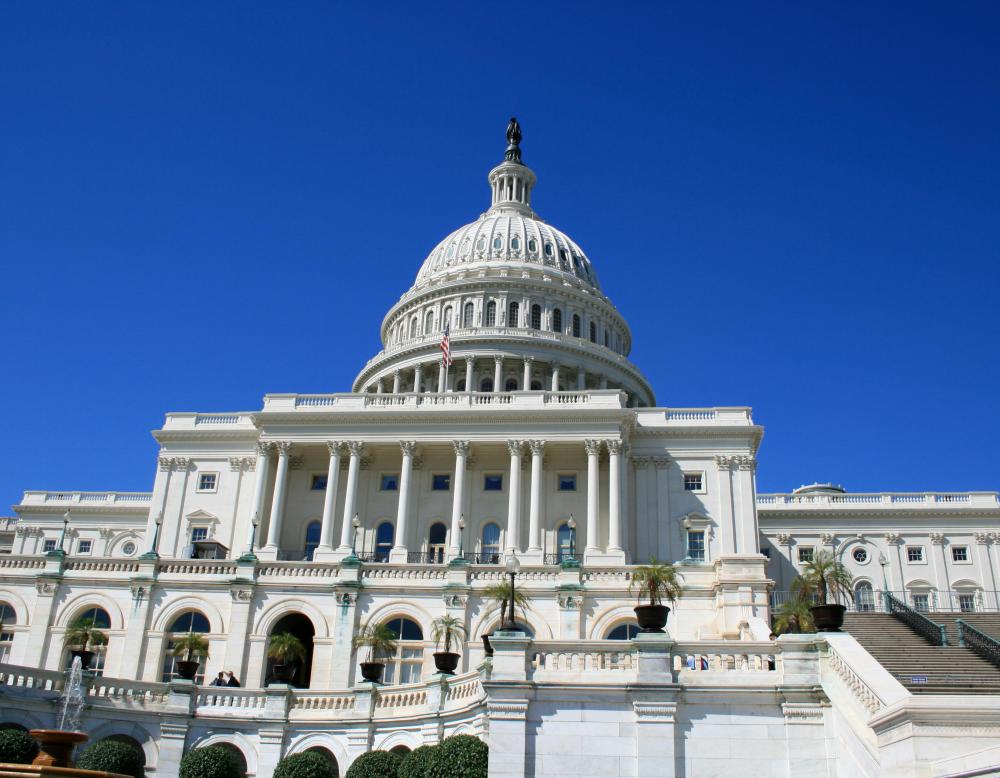At SmartCapitalMind, we're committed to delivering accurate, trustworthy information. Our expert-authored content is rigorously fact-checked and sourced from credible authorities. Discover how we uphold the highest standards in providing you with reliable knowledge.
What are Labor Relations?
Labor relations is a broad field encompassing all the myriad interchanges between employers and employees. While the term is most often used to discuss this exchange as it pertains to unionized employees, it may also refer to non-union employees as well. Labor relations are dictated in a large part by the government of a nation and the various regulations it provides to industry regarding the treatment of employees.
In the United States, the field gained a huge boost with the passage of the National Labor Relations Act in 1935. This act covered a wide range of labor rights, including the right to strike, the right to bargain as a union, and a general right to protest and take action to achieve their desires. The act, also known as the Wagner Act, gave most employees these rights. It was upheld by the Supreme Court in 1937.

To protect the rights mentioned above, the Wagner Act also created a new federal agency, the National Labor Relations Board. The sphere of the agency, and the Wagner Act itself, is limited only to employees operating in the private sector. Government employees, along with the employees of some mass transit (rail and air), are covered under a separate law, the Railway Labor Act.

In 1947, the National Labor Relations Act was changed substantially through the passage of the Taft-Hartley Act. Its passage came only after Congress overrode a presidential veto by President Truman, who described it as a bill of slave labor. The Taft-Hartley Act substantially undermined the earlier act and the power it had granted unions.
While the National Labor Relations Act is the largest and most well-known piece of legislation pertaining to this area, a large amount of legislation can be accurately described as labor relations. Minimum wage laws, fair-practice rules, and legislation dictating danger pay are all examples.

As a theoretical field, labor relations can be thought of as examining the interface between employees and the world at large. This may include relations with employers, but it also includes how the employee sector is affected by everything from globalization to a falling economy. In this sense, the field attempts to minimize the negative impact on the work force by identifying potential disasters and coming up with methods of damage control.

For example, if advancing technology in a sector threatens to result in massive layoffs for the employees as their work is automated, labor relations could come up with ways of reducing the damage done to these employees. This might take the form of re-education programs, preparing the employees for transfer to another field, or looking at ways their existing experience could complement, rather than compete with, the new technologies.
AS FEATURED ON:
AS FEATURED ON:















Discussion Comments
Discuss the role of an employee association in Labor relations.
I was falsely fired by management. They made up a lot of untrue allegations. I have been at my company for 24 years and have never even been written up. Is this legal?
what is the labor relations manager? I need one example for every kind of manager and three definitions.
I am cashier at a Sam's Club in MO. We were told yesterday that we could no longer have water bottles at our registers. It is very hard doing the work that we do, talking, getting hot, loading carts and not being able to drink water except on our breaks and lunch.
Some shifts it is 2.5 - 3 hours before we get a break. Is this legal?
Yesterday I worked a 5.5 hour shift and my throat was sore when I finished my shift from talking and no water. Please give me some guidance as to what we can do about this.
I would like to know the answer to no. 1 myself,
for i just experienced a situation as shown.
discuss why, in some countries, the public image of labor unions suffered a major decline.
Justify the role of labor relations as a conduit for socio-economic development.
We have 2 employees we have called floaters. If we don't give them at least one shift per week, are they still deemed employees and if so for how long?
Post your comments